When it comes to the Sengoku period, the warlords who lived through it are absolutely essential to the story. These bold and unique lives continue to inspire people today. Among them, Takeda Shingen, Uesugi Kenshin, Sanada Yukimura, and Date Masamune have long been featured in TV dramas, video games, anime, novels, and more. Recently, they've also been in the spotlight thanks to Taiga dramas like "Sanada Maru" and "Fūrin Kazan." In this article, we'll take a deep dive into the lives and personalities of these four legendary figures, uncovering what makes them so enduringly beloved.
What Was the Sengoku Period? How Long Did It Last, and Who Were Its Most Famous Warlords?
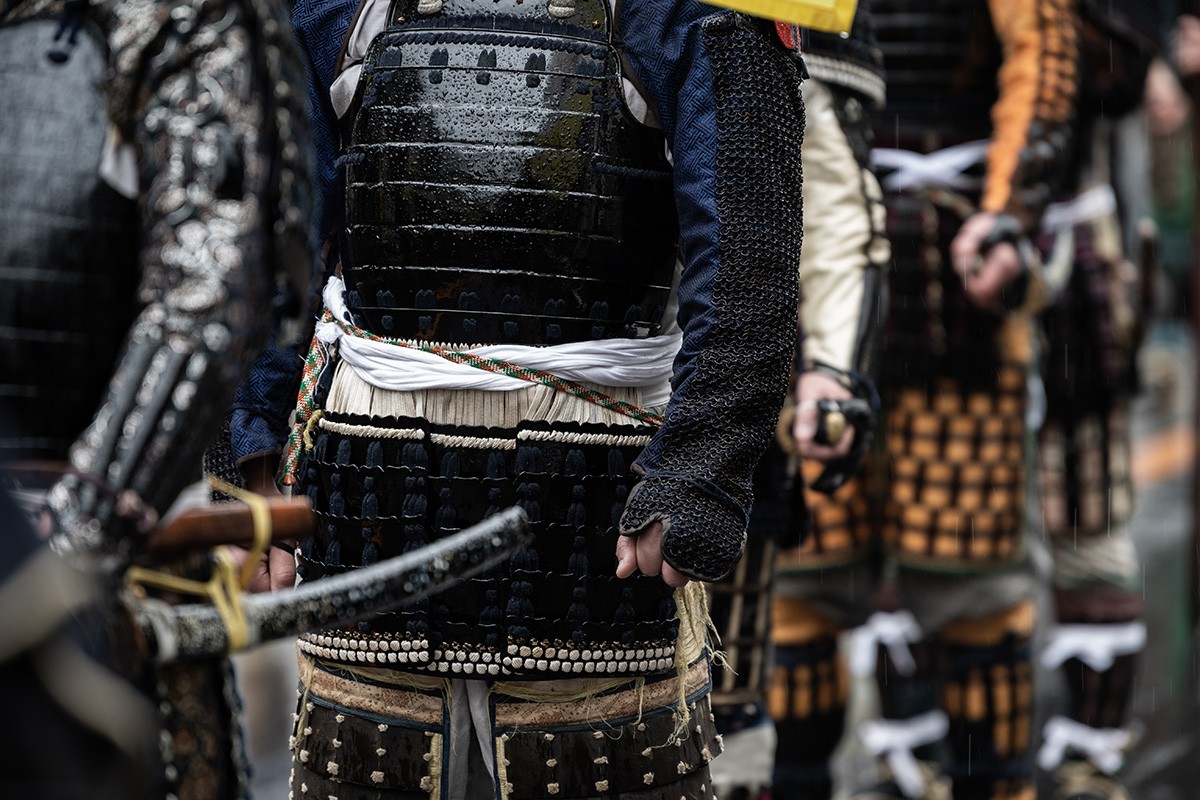
The Sengoku period was an age of nationwide conflict triggered by the Ōnin War in 1467. There are various theories about when it ended, but the most common view is that it lasted for about 140 years, ending with the Battle of Sekigahara in 1600, the founding of the Tokugawa shogunate in 1603, and the Siege of Osaka in 1615.
A "Sengoku warlord" wasn't just a military leader—they were skilled in politics and diplomacy as well. The warlords featured in this article, such as Takeda Shingen, Uesugi Kenshin, Sanada Yukimura, and Date Masamune, along with other legendary figures like Oda Nobunaga, Toyotomi Hideyoshi, and Tokugawa Ieyasu, are still widely respected and talked about to this day.
Takeda Shingen: The Tiger of Kai in the Sengoku Period
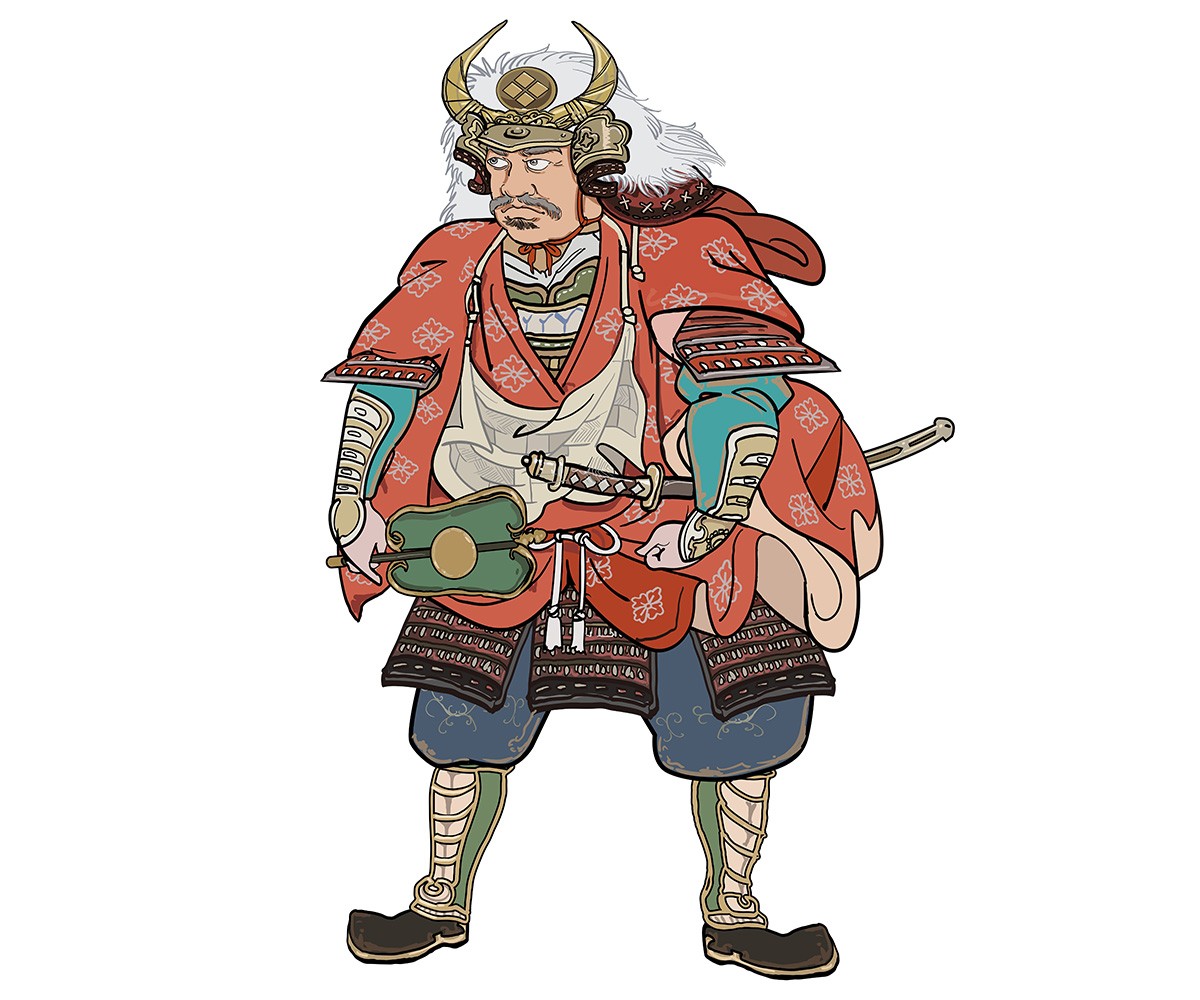
Takeda Shingen, known for the battle flag "Fūrin Kazan" (Wind, Forest, Fire, and Mountain), is one of the most celebrated warlords of the Sengoku period. Let's explore his fascinating life, military campaigns, rivalries, iconic family crest, and famous sayings to get a better understanding of his legacy.
What Did Takeda Shingen Do? His Life and Personality
Takeda Shingen (1521–1573) was a Sengoku-era daimyō who ruled over Kai Province, which is now Yamanashi Prefecture. He earned the nickname "The Tiger of Kai" thanks to his bravery and sharp strategic mind. After ousting his father, Nobutora, he took over the family leadership and expanded his domain into Shinano, Kōzuke, and Suruga. In particular, during his invasion of Shinano, he gained control of areas like Chiisagata and Suwa, bringing him closer to unifying the region. He also showed talent in diplomacy by forming alliances like the "Kōsōsun Three-Way Alliance" with the Imagawa and Hōjō clans. On the domestic front, he worked to improve flood control, irrigation, and road infrastructure, which helped boost the economic strength of Kai. In 1573, he died of illness during a western campaign. His son, Takeda Katsuyori, succeeded him.
Battle of Kawanakajima Against His Archrival, Uesugi Kenshin
The Battle of Kawanakajima, known as the showdown between Takeda Shingen and Uesugi Kenshin, took place five times between 1553 and 1564. The fourth battle in 1561 was the largest and most intense, reportedly resulting in thousands of casualties on both sides. Shingen employed a surprise attack strategy known as the "Woodpecker Tactic," but Kenshin anticipated his move and struck the Takeda headquarters. The battle ended in a draw and cemented the reputation and skill of both warlords in the eyes of the public.
The Takeda Family Crest: "Takeda-bishi"
The "Takeda-bishi" is a geometric design made of four diamond shapes and is also known as "Yotsuwari-bishi." It symbolized the authority of the Takeda clan and was widely used by Shingen’s descendants and retainers.
A Famous Quote from Takeda Shingen
People are the castle, people are the stone walls, people are the moats. Kindness becomes allies, resentment becomes enemies.
Meaning: People themselves are what protect the country. By treating others with kindness, they become allies; if you show hostility, they become enemies.
This quote emphasizes Shingen’s belief in the importance of people above all else—a principle that formed the foundation of his rule and governance.
Uesugi Kenshin: A Warlord Who Lived by the Spirit of Righteousness
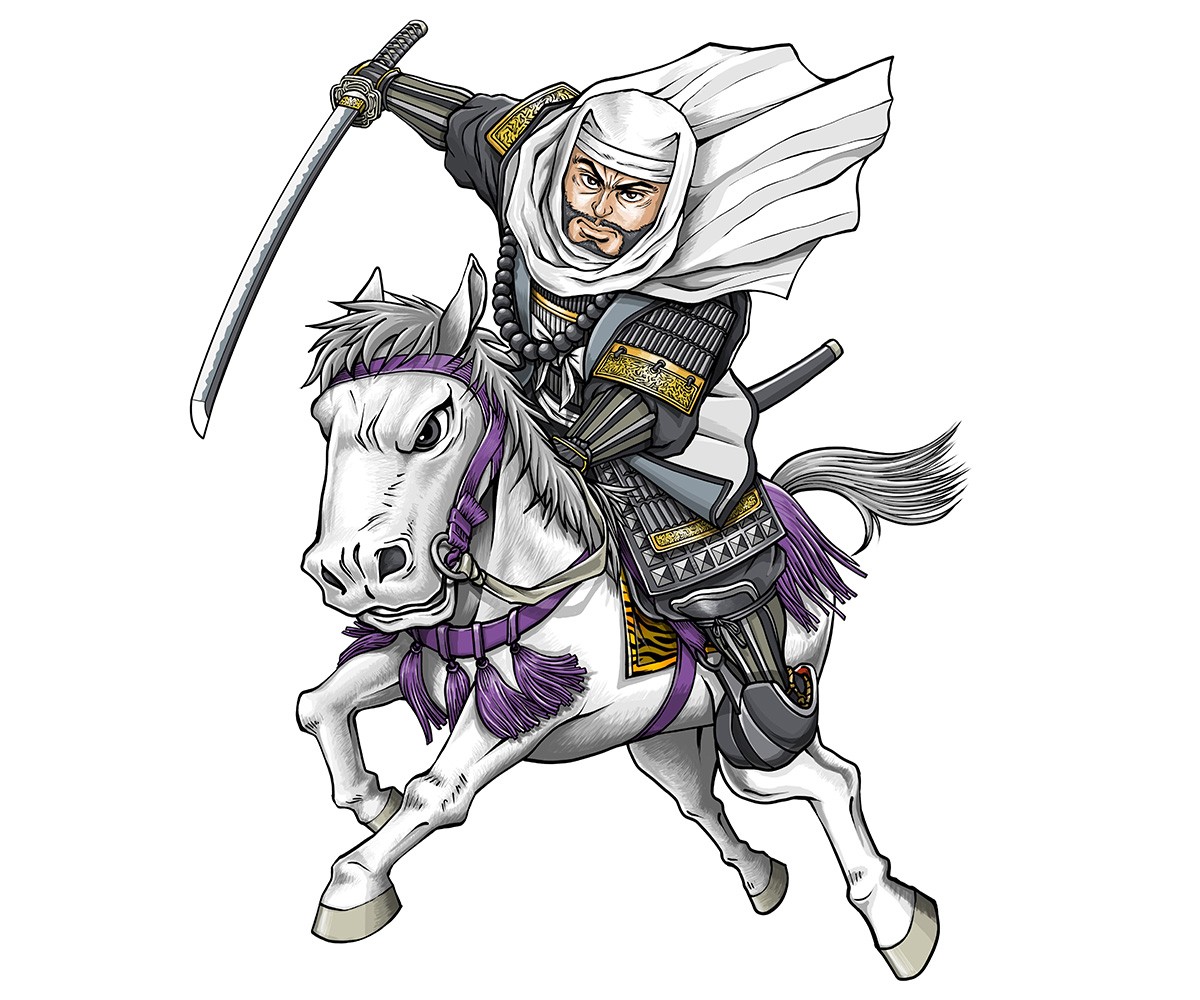
Though a warlord, Uesugi Kenshin had a monk-like devotion to principle and lived a life centered on "righteousness." His pure way of life and strong faith continue to attract admiration. Let’s take a closer look at the life and character of Kenshin.
What Did Uesugi Kenshin Do? His Life and Personality
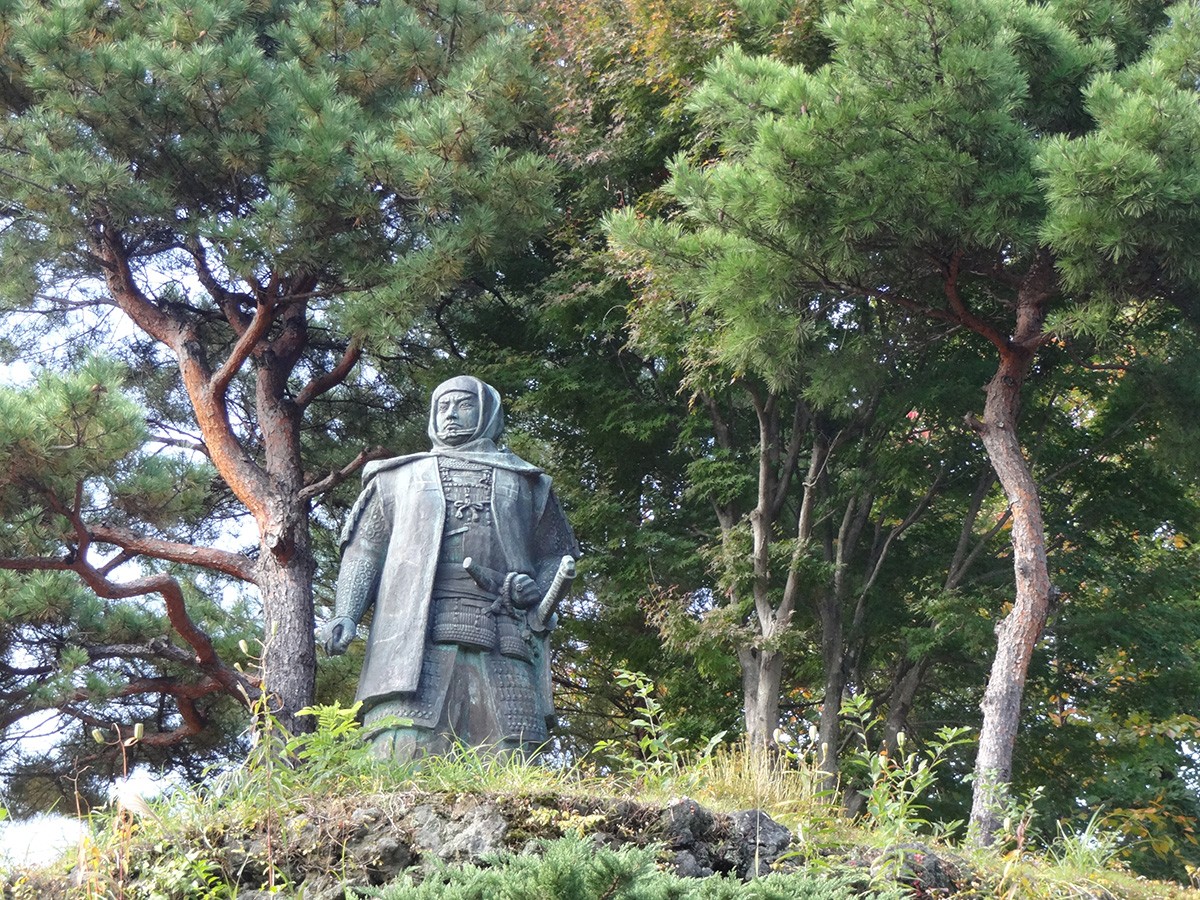
Uesugi Kenshin (1530–1578) was a Sengoku daimyō who ruled Echigo Province, now Niigata Prefecture. Known as the "Dragon of Echigo" and the "God of War," he was a master tactician. He was originally named Nagao Kagetora, but after becoming the adopted son of Kantō Kanrei (Shōgun’s deputy of the Kantō region) Uesugi Norimasa, he took on the Uesugi surname. In battles such as those at Kawanakajima against Takeda Shingen, he demonstrated remarkable military prowess. Kenshin was known for his strong sense of justice, famously expressed in the tale of "sending salt to the enemy," symbolizing his refusal to let personal gain override his moral code.
Theories and Mysteries Surrounding Uesugi Kenshin’s Death
There are several theories about Kenshin’s cause of death. The most widely accepted one is that he died of a stroke in the toilet at Kasugayama Castle in 1578. Kenshin remained unmarried throughout his life and did not name a successor, which led to a succession dispute after his death known as the "Otate no Ran" (The Battle of Otate). The tragic and mysterious circumstances of his death continue to spark interest even today.
The Uesugi Family Crest: “Sparrows in Bamboo”
The Uesugi clan is well known for its crest featuring "Sparrows in Bamboo"—a design that combines bamboo leaves with two sparrows. This emblem symbolized the Uesugi family's identity. Additionally, Kenshin’s personal battle standard famously bore the large character “Bi”, representing Bishamonten, the god of war, whose teachings Kenshin devoutly followed. The flag was a reflection of his spiritual conviction.
A Famous Quote from Uesugi Kenshin
Those who cling to life shall die; those prepared to die shall live
Meaning: Those desperate to survive may perish, while those ready to die may survive.
Kenshin is said to have only lost two battles in his lifetime, perhaps because he always entered combat with full resolve, prepared to die. Like the modern expression "fight as if your life depends on it," this quote underscores the importance of facing challenges with unwavering determination.
Sanada Yukimura (Real Name: Sanada Nobushige): The Greatest Warrior in Japan
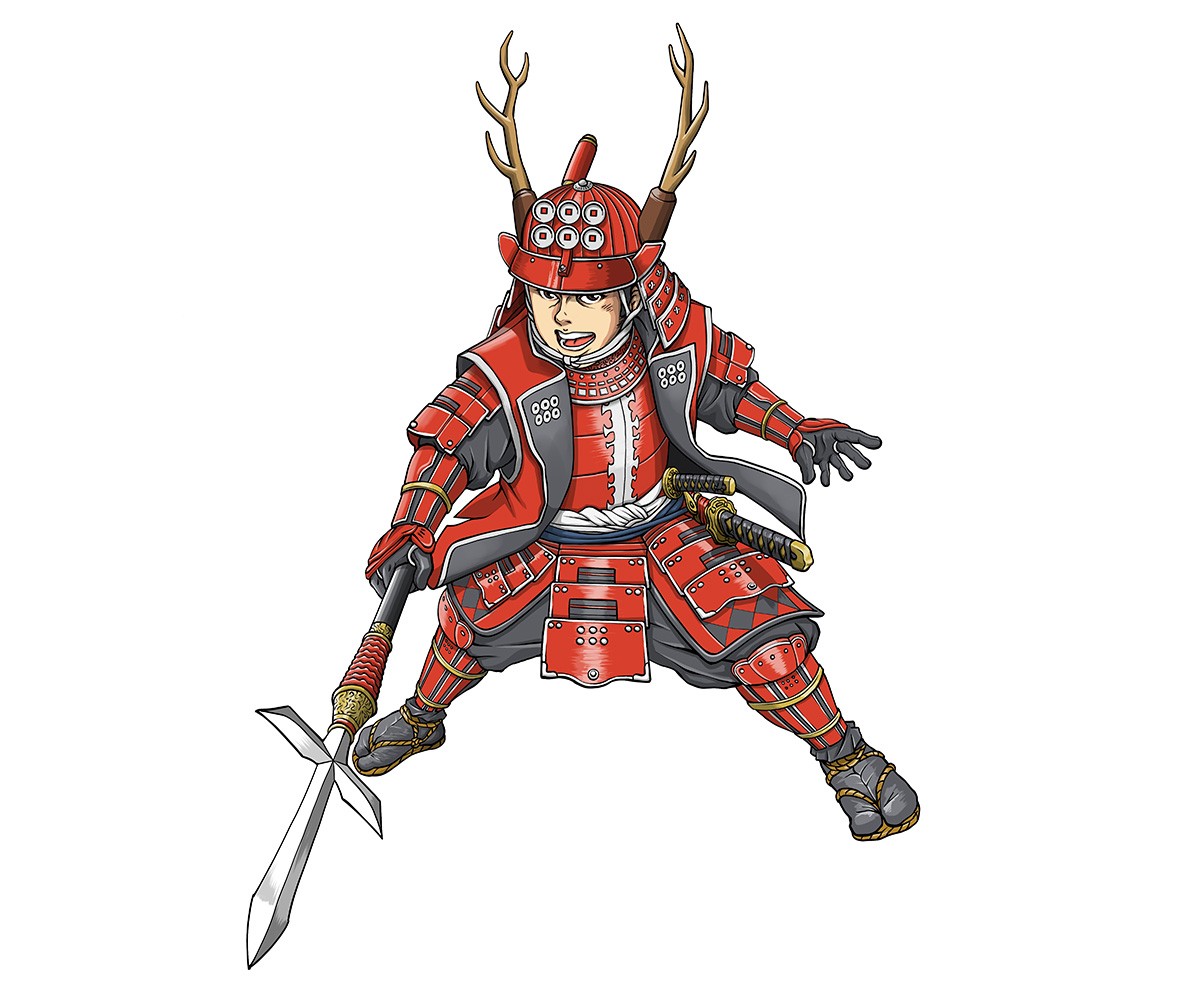
Sanada Yukimura, who gained renewed popularity through the historical drama Sanada Maru, is considered the last great hero of the Sengoku era—a brilliant tactician and loyal warrior. Let’s explore his dramatic life and legendary feats.
What Did Sanada Yukimura Do? His Life as the Hero of "Sanada Maru" and Personality
Sanada Yukimura (real name: Sanada Nobushige, 1567–1615) was a samurai active during the late Sengoku and early Edo periods. His valor during the Siege of Osaka earned him the title “The Greatest Warrior in Japan.” During the Battle of Sekigahara, he sided with the Western Army. After their defeat, he lived in seclusion in Kudoyama at the foot of Mount Kōya. However, in 1614, he returned to the battlefield for the Osaka Winter Campaign on the Toyotomi side. In the Summer Campaign the following year, he nearly reached Tokugawa Ieyasu’s main camp before falling in battle. His life was depicted in NHK’s historical drama Sanada Maru, which deeply moved many viewers.
Why Did Sanada Yukimura Choose "Red Armour"?
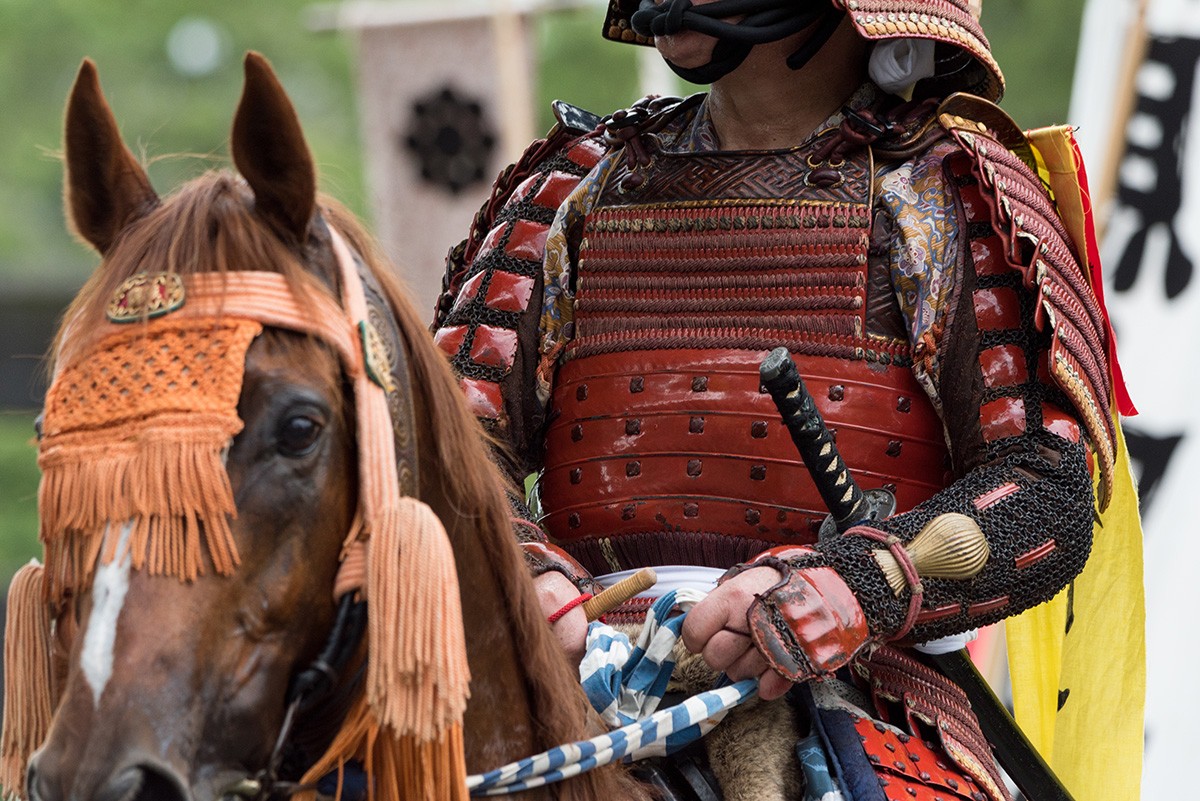
“Akazonae” (red armour) refers to warriors clad entirely in red, used to boost visibility, unity, and morale on the battlefield. Originally employed by Takeda Shingen’s forces, Yukimura adopted this tradition. The striking red appearance instilled fear in enemies and reinforced the warriors’ resolve.
The Sanada Family Crest: “Rokumonsen”
The Sanada clan’s crest, known as “Rokumonsen” (six coins), represents the fare to cross the Sanzu River—the Buddhist river between life and death. It symbolized the resolve of a samurai prepared to die in battle. Yukimura displayed this crest on his banners and armor, a powerful declaration of his unwavering spirit.
A Famous Quote from Sanada Yukimura
Even if the Kantō army numbers a million, there is not a single true man among them.
Meaning: The Tokugawa forces may be vast, but not one of them is a man of true character.
This quote, said to have been spoken by Yukimura during the Summer Siege of Osaka, reflects his defiance against overwhelming odds and his belief that true strength lies in conviction and honour. It perfectly captures Yukimura’s warrior spirit, which he maintained to the very end.
Date Masamune: The Legend of the One-Eyed Dragon
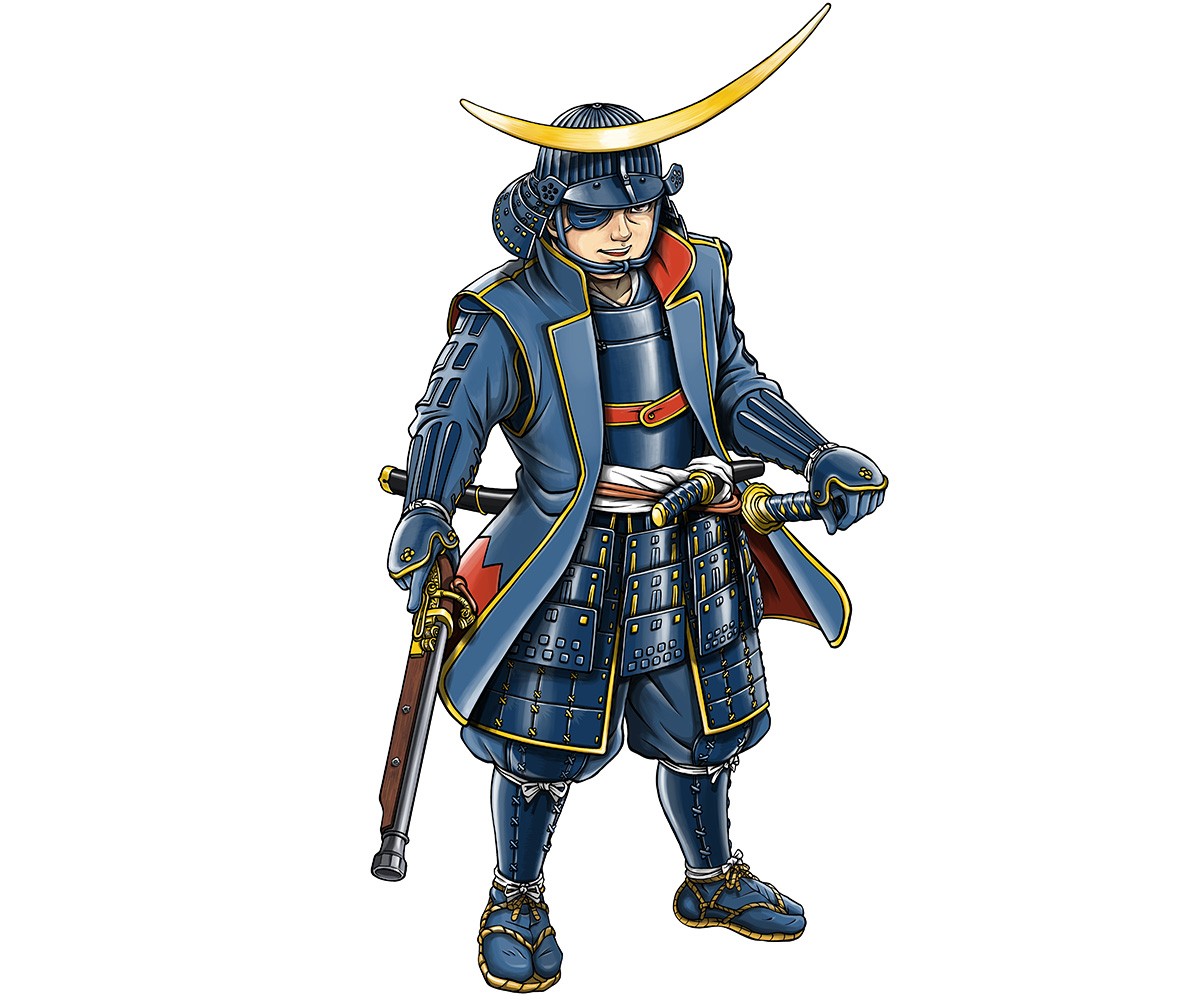
Date Masamune was known for his refined tactics and strategies, as well as his unique sense of aesthetics. From the reason behind his loss of an eye to stories related to his interest in food, this article delves into the many sides of Masamune's character.
What did Date Masamune do? His Life and Personality
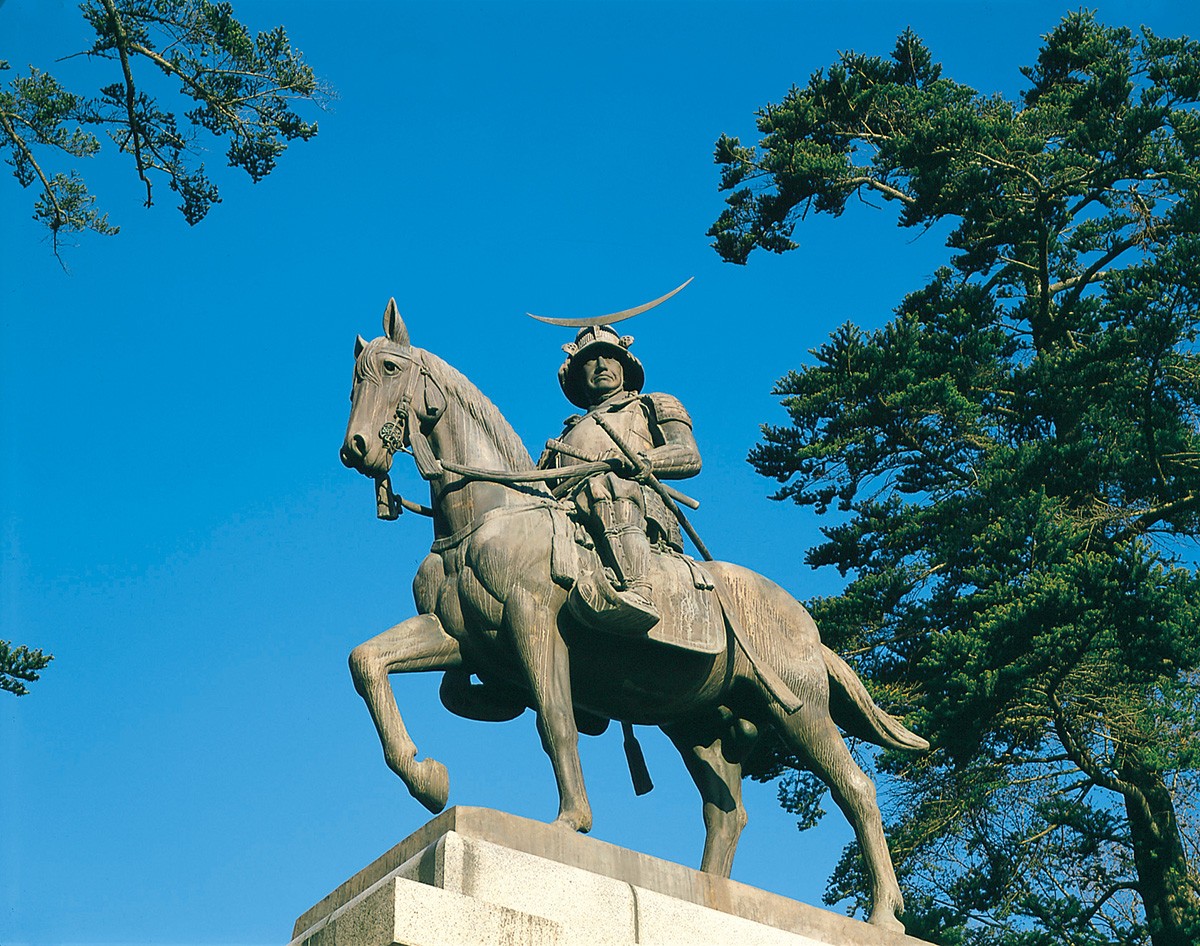
Date Masamune (1567–1636) was a samurai who lived through the Sengoku period into the early Edo period, and he is known as the first lord of the Sendai domain. He inherited his family’s leadership at the age of 18 and unified the region of Oshu. Skillfully navigating the eras ruled by powerful figures like Toyotomi Hideyoshi and Tokugawa Ieyasu, he laid a solid foundation in Sendai. He also actively pursued international relations, famously dispatching Tsunenaga Hasekura to Spain. Masamune remains a beloved figure often referred to as the "One-Eyed Dragon."
Why Did Masamune Date Lose an Eye?
It is said that Masamune lost sight in his right eye due to smallpox during childhood. While this disability raised concerns about his future as a warrior, he overcame the adversity and transformed his weakness into a symbol of strength, gaining fame as the "One-Eyed Dragon" of the battlefield.
Masamune Date’s Family Crest: “Sparrows in Bamboo”
Date Masamune's family crest is famously known as "Sparrows in Bamboo." Originally the official crest of the Fujiwara clan's Kanshuji family, it was passed down to the Uesugi clan, who held the position of Kanto Kanrei during the Muromachi period. By adopting this crest, the Date family reinforced their connection to the Uesugi clan, who were descendants of the Fujiwara lineage.
A Famous Quote from Date Masamune
If you think of yourself as a guest in this world, then there’s no hardship to bear.
Meaning: Since we are only temporary visitors in this world, no suffering or difficulty is truly significant.
Having survived the turmoil of the Warring States period while losing an eye, Masamune may have come to view hardships and trials as fleeting moments. This quote is widely recognized today as a timeless piece of wisdom.
A Dish Created by Date Masamune
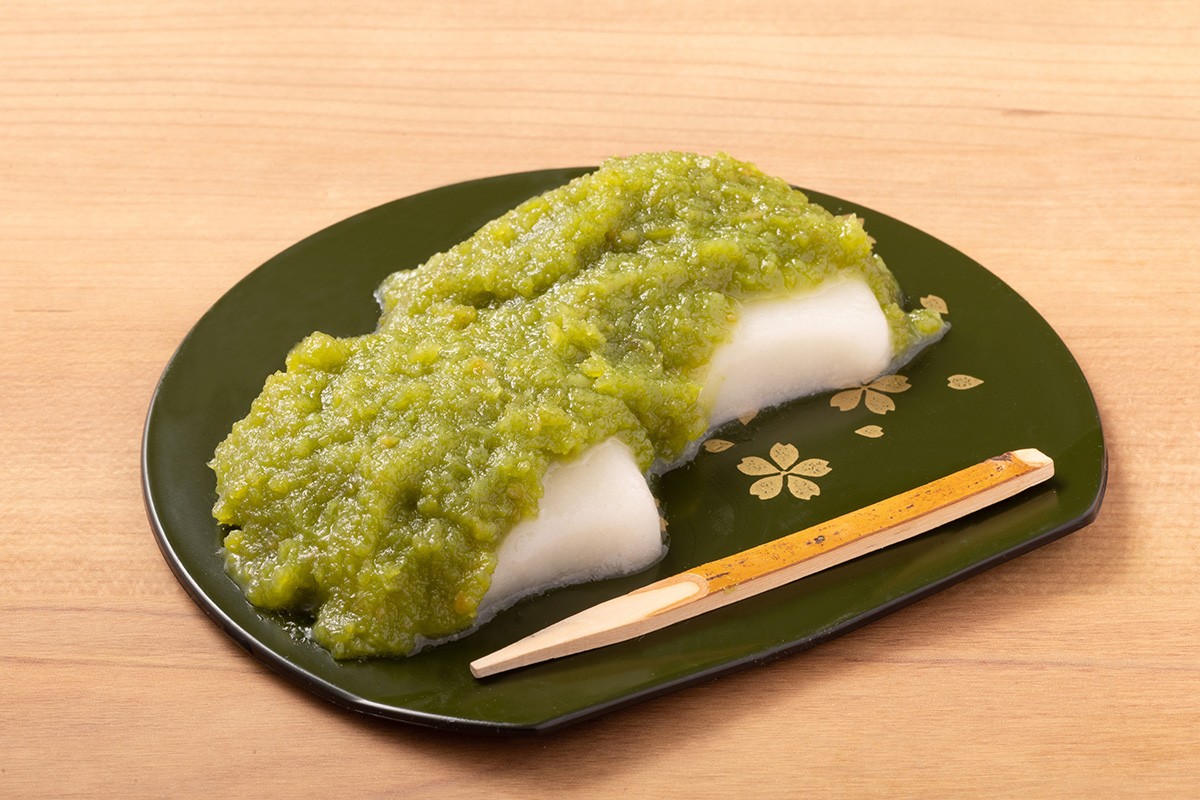
Date Masamune had a strong interest in food and culinary culture. He also worked to improve preserved foods and military rations. Although there are no definitive historical records proving he invented them, dishes such as "Zunda mochi" and "Sendai miso" are believed to have gained popularity during his time. He also established large-scale miso production systems, laying the foundation for the Sendai domain’s food culture.
The great military commanders who defined the Sengoku period continue to be featured in historical dramas, games, and manga, and their stories are still passed down today. This is likely because their dramatic lives and timeless values resonate with many people. We hope this article has given you a deeper appreciation of history and the captivating personalities of these figures.
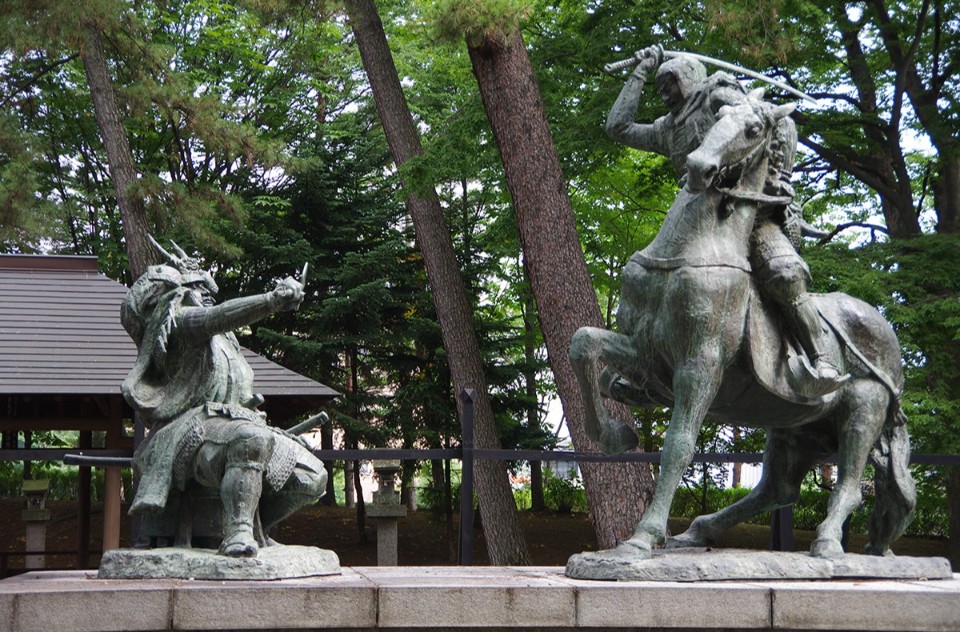
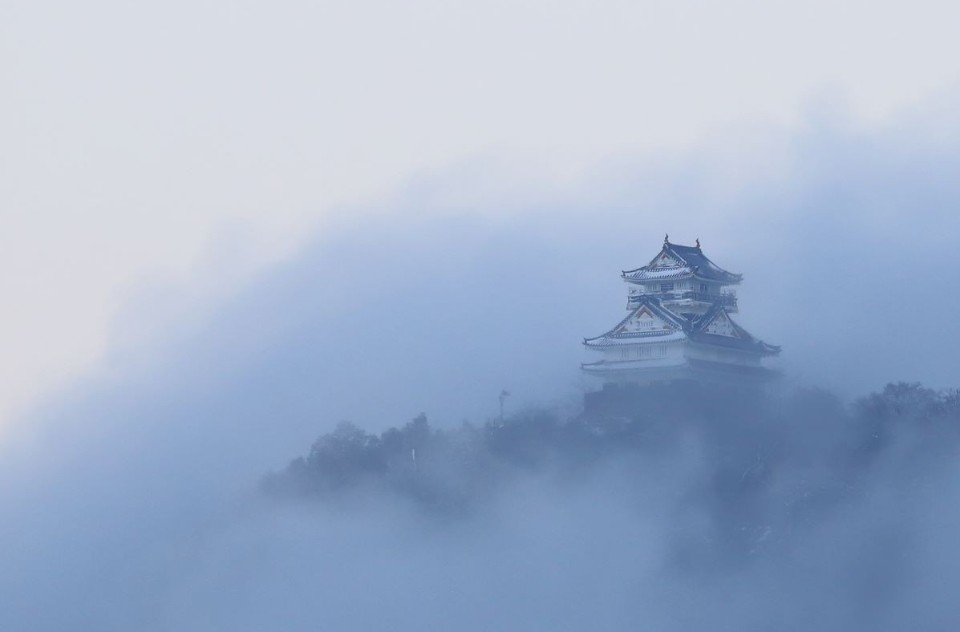
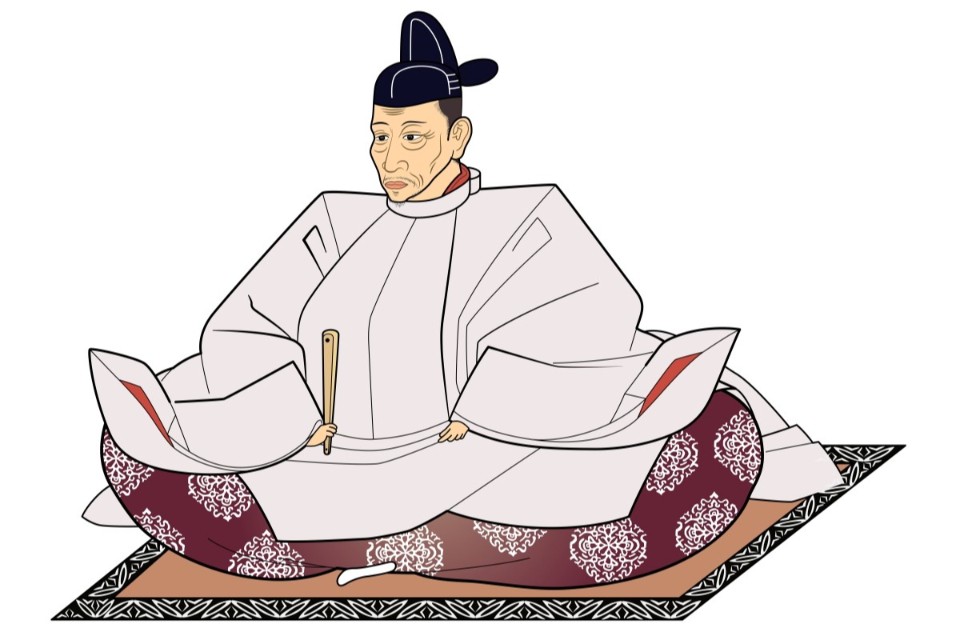
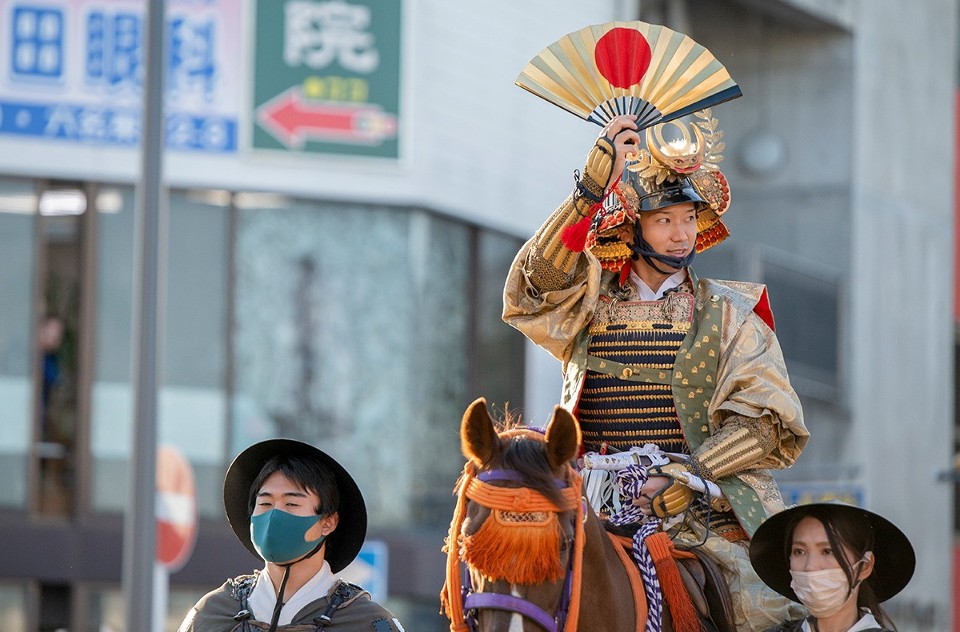
Comments